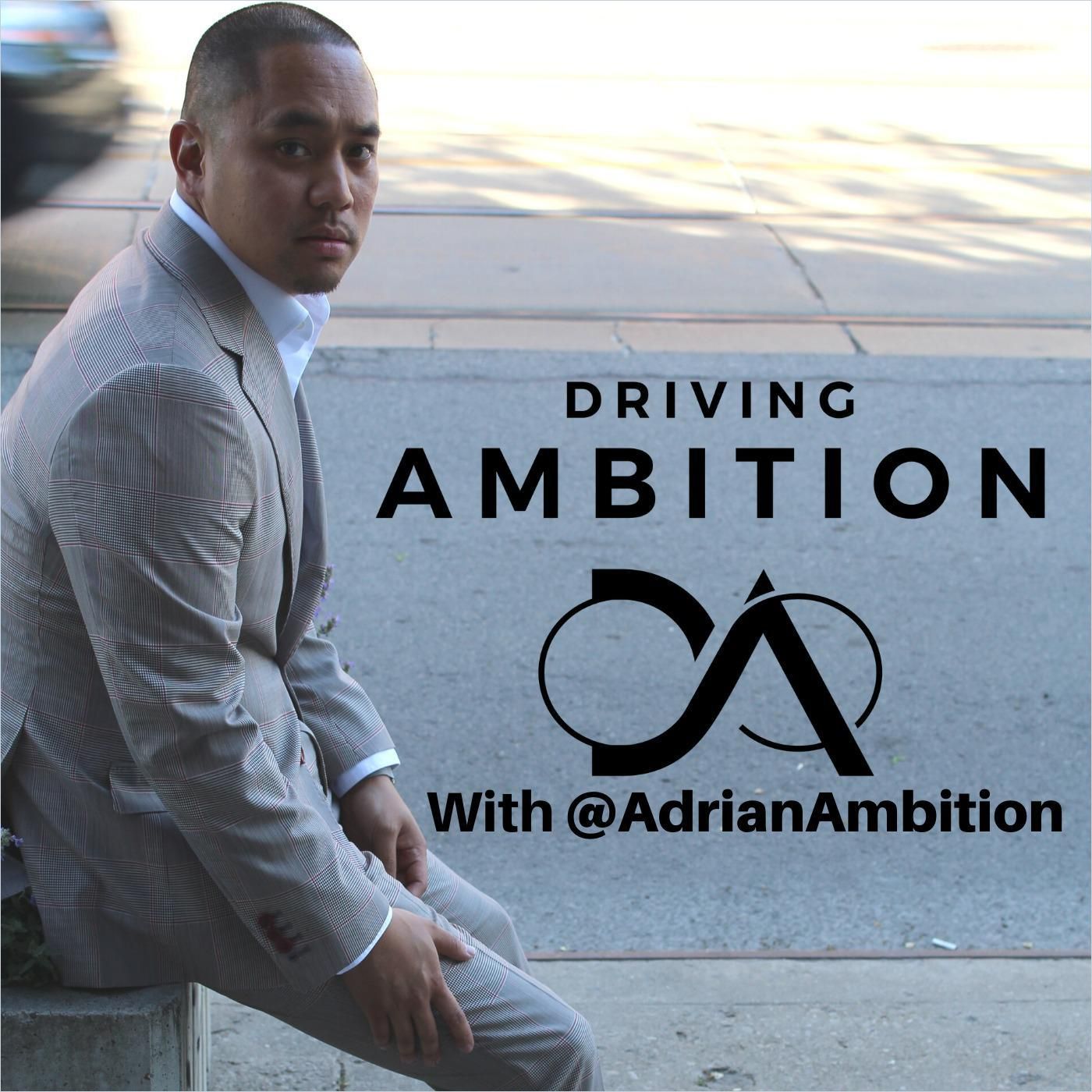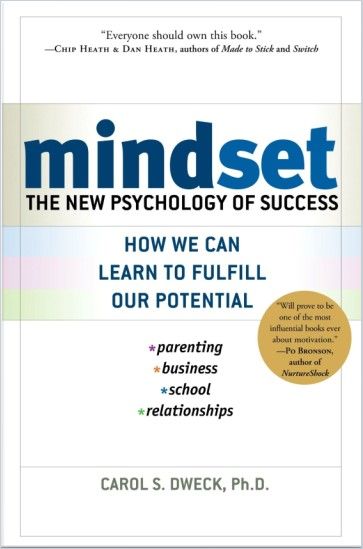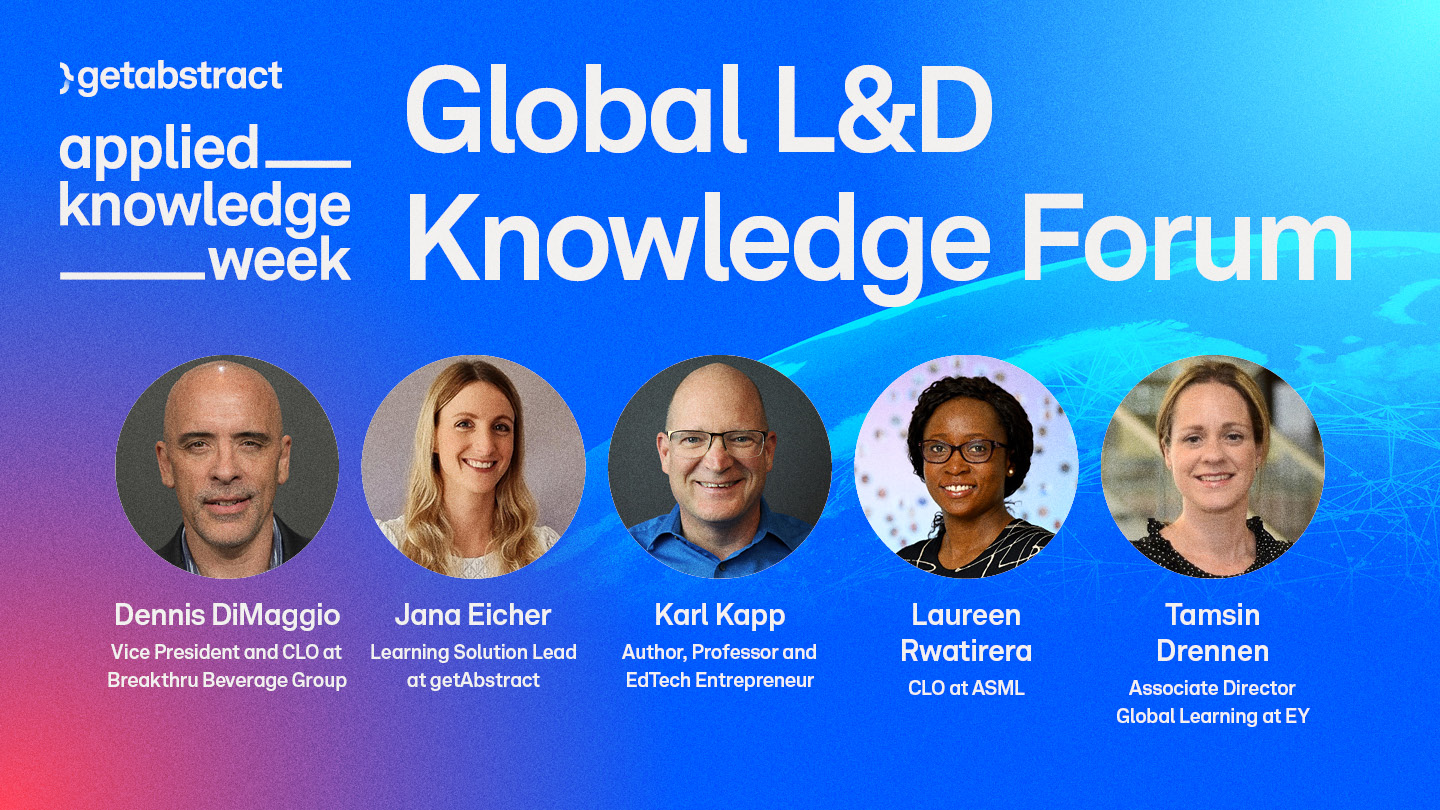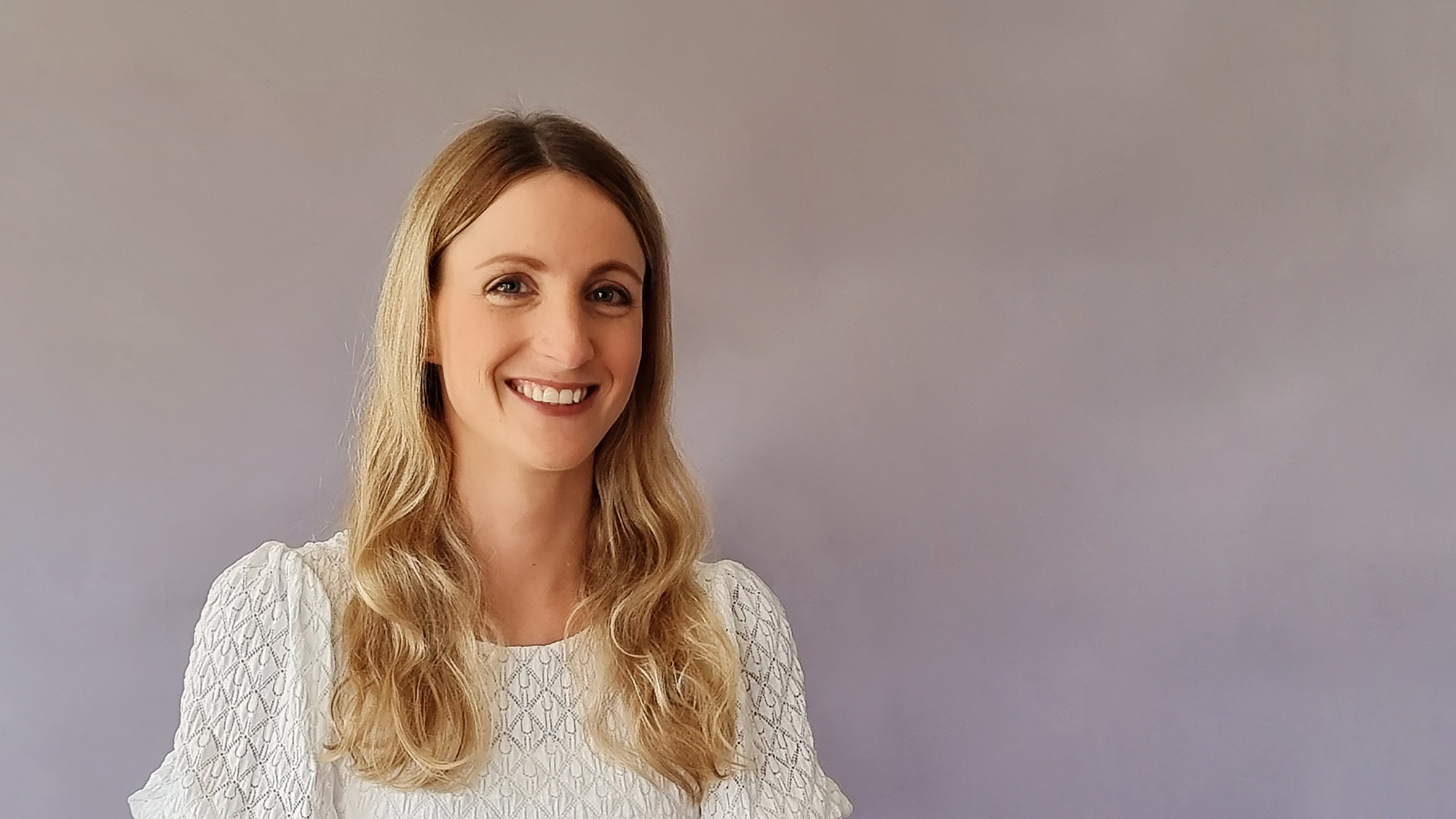“Agility Is Based on Human Skills.”

Barbara, how can L&D help build a more resilient workforce?
Barbara Jamelli-Sefchik: The definition of “resilience” includes “the capacity to recover quickly from difficulties.” Even before “COVID-19” became a part of our daily vernacular, companies were already evolving quickly with every change in the market, consumer behavior and business environment. And since employees make up those companies, we can either consciously be a driving force for those changes or we can get swept up in the waves of reorganizations, right-sizing and changing strategies.

Register for the event here!
You may have heard the saying (and I am paraphrasing a bit), “You can either make decisions about your life, or someone will make them for you.” As an employee, this means that your decisions don’t just focus on immediate career plans but also on future career aspirations. Essentially, you’re deciding to be agile. And you remain agile by being a continuous learner. That’s, of course, where an organization’s L&D team comes in. Building a culture of continuous learning helps people plan to be best in their current roles and be ready to adjust to changes in corporate strategy. Agility is based on human skills: growth mind-set, emotional intelligence, innovation, problem solving. Thus, a good L&D department will provide learning and experiences that enable people to develop those human skills. Equally important, L&D programs for managers – the weakest or strongest link in this value chain – must value human skills as well as functional skills, and encourage their direct reports to build development plans.
What has been the single most successful measure you have implemented at SAP to help your workforce navigate the COVID-19 crisis?
Beyond encouraging learning, which we have been doing since becoming a global learning organization, we made sure to give people the time and headspace to utilize our learning offerings and investigate their own learning paths, such as by exploring different work experiences or working with a mentor or coach. When you add the notion of homeschooling children or caring for family into the mix, you need to put the concept of “work/life balance” into practice while still building your career potential and remaining productive at your current job. SAP helped people restore that balance by allowing them to focus on other things besides work responsibilities. People, for example, could spend time on learning, which often happens by doing – and that “doing” may not be directly related to work. SAP also offered extra paid time off and flexible working hours. Furthermore, it nurtured virtual collaboration skills and curated learning activities on specific skills related to human agility, working from home and remote leadership. By the way, getAbstract content featured prominently in our curated programs.

Why is developing a growth mind-set so crucial for career success today?
Agility requires change, and change can only happen if you believe it’s possible. Growth mind-set is, in simple terms, the belief that you can grow and change. We’re not all born habitually applying a growth mind-set, and while some are naturally better at this than others, we all harbor fixed mind-sets about some aspects of our lives. Sometimes we need to be reminded that we’ve survived all the calamities life has thrown at us so far to get past those fixed points. With mindfulness and reflection, we can apply growth mind-set to our lives – that is crucial for our success and our sanity.
How can organizations instill a growth mind-set in their employees?
Organizations should provide foundational learning about what growth mind-set is – and isn’t. getAbstract has some great reading, including a summary of Carol Dweck’s seminal work Mindset: The New Psychology of Success. Learning more about – and then applying! – tactics that foster a growth mind-set are the next step.

Meanwhile, managers and leaders should recognize the need for people to grow and be continuous learners; they must provide the psychological safety for people to take risks in projects instead of punishing mistakes and failures; and they must give people time to spend on their personal and professional development.
About the Author
Barbara Jamelli-Sefchik is Senior Expert, Career and Skill Management, at SAP







